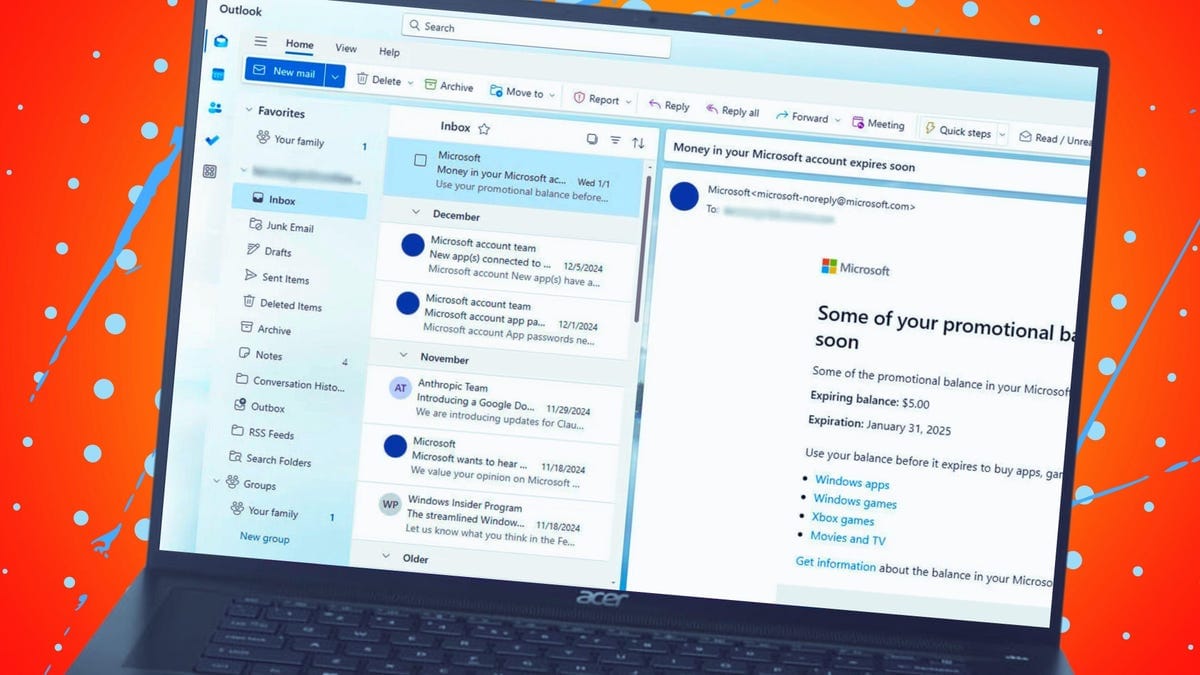Microsoft to Mandate New Outlook App on Windows 10 with No Opt-Out Option

Microsoft is taking a firm step by installing its new Outlook app on Windows 10 systems without allowing users to block the installation.
As detailed in a communication to Microsoft 365 subscribers, the company announced that with the optional January 28, 2025, release and the February 11, 2025, security update, the new Outlook app will be preinstalled on Windows 10 machines. This rollout is significant because the new app will replace the existing Mail and Calendar apps. "New Outlook exists as an installed app on the device," Microsoft clarified in their message. "For instance, it can be found in the Apps section of the Start Menu. It does not replace existing (classic) Outlook or change any configurations / user defaults."
Users will find that the new Outlook launches by default when the existing Mail and Calendar shortcuts are used. However, it will not displace the classic Outlook bundled with Microsoft 365/Office 365 as of now. Microsoft has ensured that both the classic and new Outlook versions can coexist on the same system.
Despite the unavoidable installation, users have the option to uninstall the new Outlook post-installation. Microsoft provides a support page outlining steps for removing or hiding the app for those who may not wish to use it personally or organizationally.
Rationale Behind the New Outlook
The new Outlook is designed to consolidate features and settings from the previous Mail and Calendar apps into a single program. Additionally, it aims to deliver a consistent user interface across desktop, mobile, and web versions of Outlook.
This initiative hasn't been welcomed by everyone. Users have raised concerns that the new Outlook lacks certain features from the older apps, making it feel more like a web page than a native Windows program. There are worries over the possible complete transition from the classic Outlook, with Microsoft confirming that future installations linked with Microsoft 365 will eventually favor the new Outlook.
Though classic Outlook will continue to receive support until at least 2029, its eventual phase-out is anticipated, raising concerns among users who prefer the robustness of its features over the newer, lighter version.